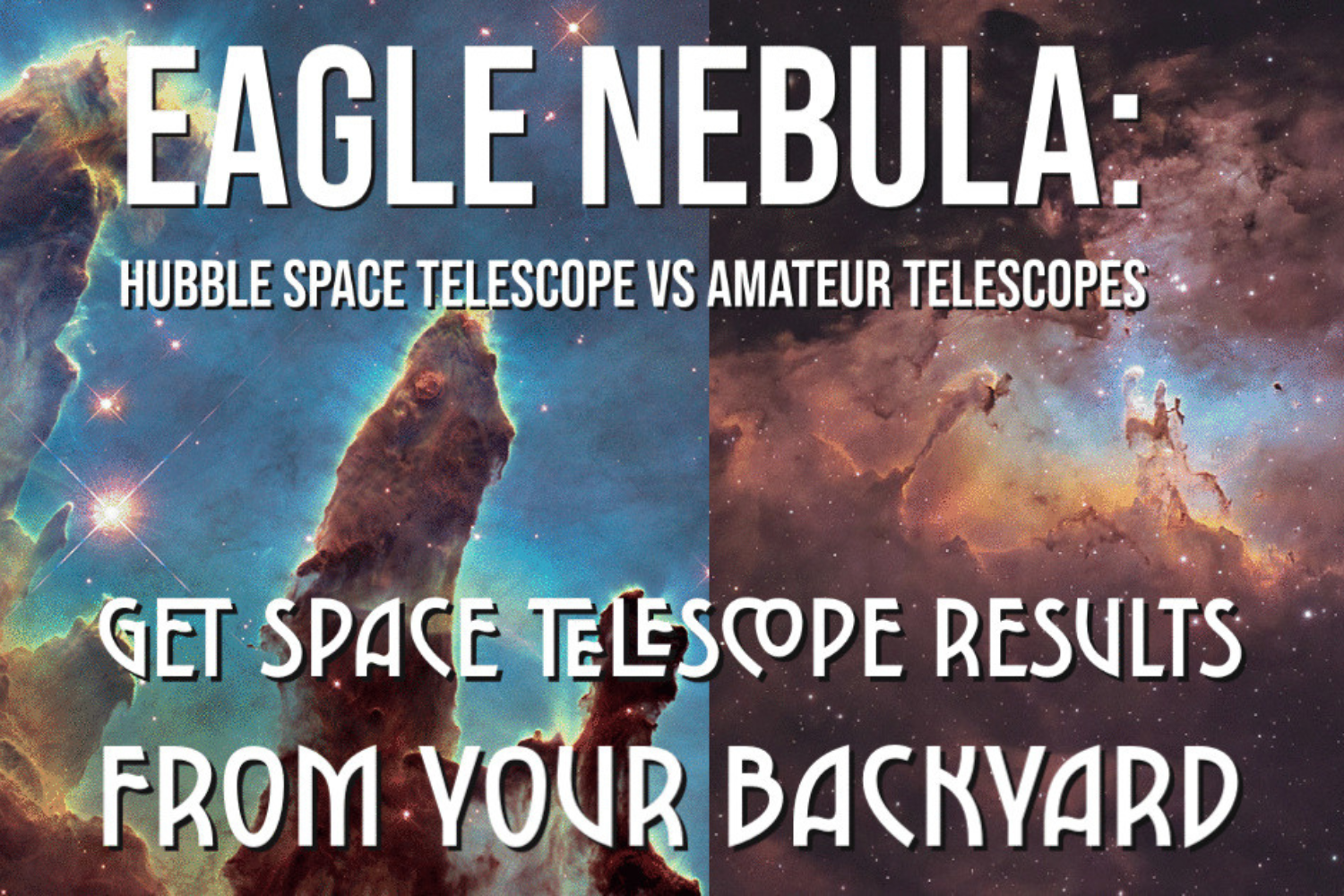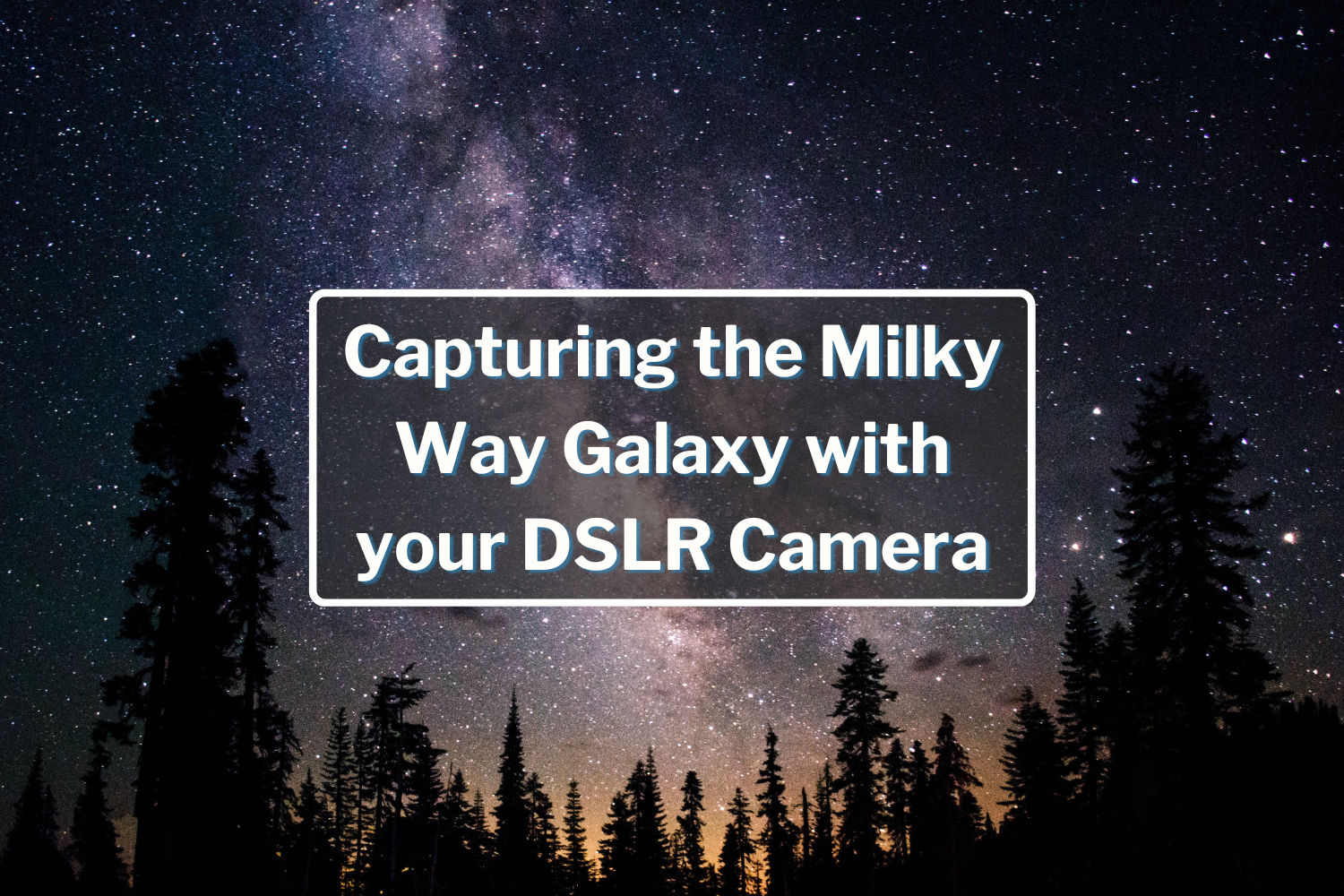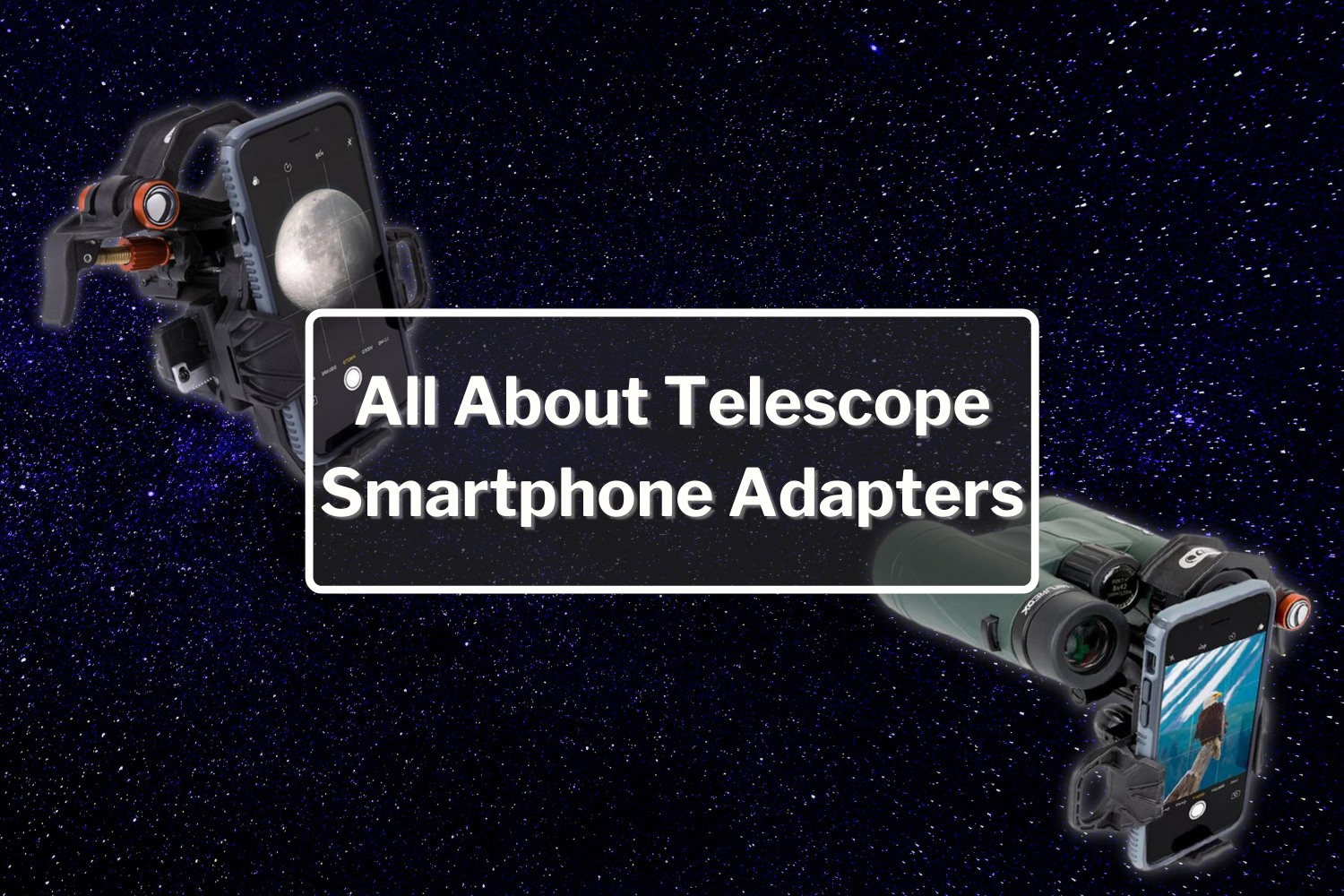Astrophotography 101: The Bayer Filter System
Color astrophotography camera sensors have a filter system over the imaging sensor that converts data into color. The Bayer filter system is one of the big differences between monochrome cameras and color astrophotography cameras. Learn more about the Bayer filter system below!
What is the Bayer Filter System
The Bayer filter system creates a color image by using tiny color filters over each pixel. The filters comprise of red, green, and blue (RGB) colors, with only one color per pixel. To best match what our eyes see, the Bayer filter uses two green pixels for every one red and blue pixel (e.g., RGGB). This pattern then repeats in 2×2 pixel blocks throughout the entire photo, which to our eyes, forms a color image.

Some color astrophotography camera manufacturers, like QHY, display the Bayer sequence for your color camera. For example, your camera sensor's Bayer sequence will read like, RGGB, BGGR, GBRG, or GRBG. Each letter represents a color, R for red, B for blue, and G for green. As your sensor reads the light, each pixel is designated to read R, G, or B wavelengths.
As you can see in the image above, the grid of Bayer sequences represents color camera sensors. Each letter and color box represents pixels, which for this example, we will call buckets. Each bucket collects the light you capture and converts it into data to be processed into an image!
The final output image uses the color data it collects but fills in the gaps between pixels with a value derived from adjacent pixels in a mathematical process called interpolation. This works pretty well and is the basis of almost all color cameras available today.
The Bayer Filter System and Deep Space Astrophotography

As you get more technical in capturing certain wavelengths of the color spectrum, you may be interested in tools that will help your camera's color sensor filter through the narrowest points.
Narrowband filtershelp astrophotographers filter through the noise for fine wavelengths in these areas of the color spectrum, Ha/Sii or red, Sii or green, and Oii or blue. See our guide on the Radian Triad narrowband filter to learn more about narrowband filters and why the Triad filter is a go-to for deep sky imaging.
Contact us if you have any questions!











